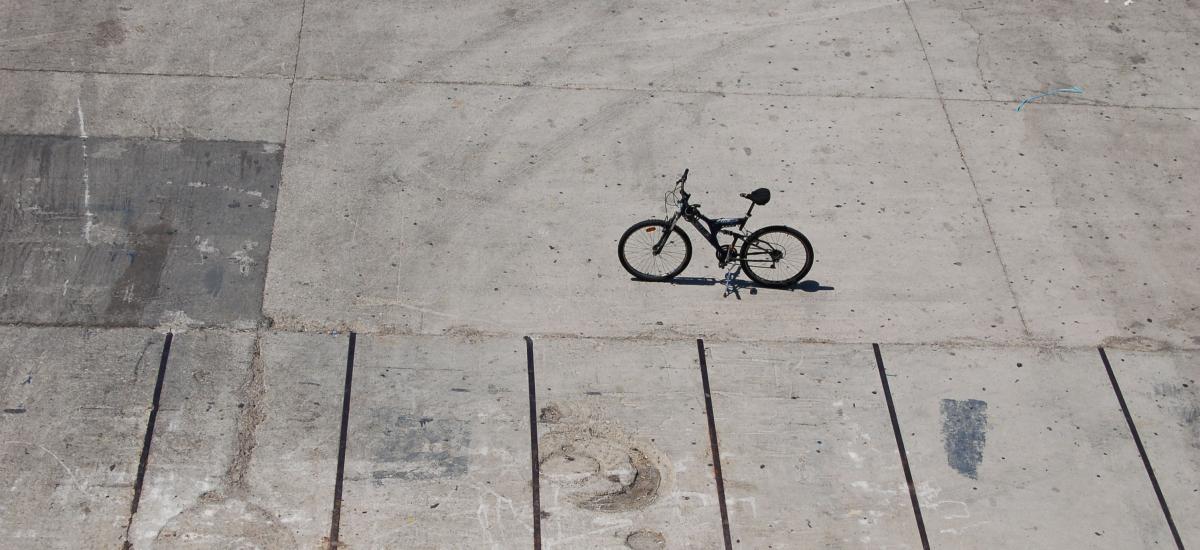Bill 57 is a recipe for more congestion

Here's our take on Bill 57 and what it means for solving the first-mile and last-mile problem that plagues our transit systems.
We were alarmed to find out that Bill 57, the Restoring Trust, Transparency and Accountability Act, proposes to change Metrolinx’s mandate. Most importantly, it would replace its mandate from “providing leadership in respect of an integrated, multi-modal transportation network” to “providing leadership in respect of an integrated transit network”. In other words, Metrolinx would no longer be tasked with building a robust transportation system that integrates higher-order and local transit systems with active transportation - instead its authority would be limited to transit alone.
Metrolinx was established to build an integrated transportation system in the Greater Toronto and Hamilton Area (GTHA). The creation of a region-wide agency with broad authority responded to an urgent need to improve transit in this rapidly growing region which has the longest commute times in North America. Since it was founded in 2006, Metrolinx has implemented improvements to the regional transportation system: travellers can now get from the Pearson Airport to downtown (with WiFi!) on the UP Express, and students can commute to York University (and beyond to Vaughan) by subway instead of on crowded busses.
But public transit continues to suffer from the first-mile and last-mile problem. Transit alone will never pick you up at your door or drop you off at your destination. Many solutions have been proposed, though one of the most efficient solutions is active transportation.
40% of all trips across the GTHA are less than 5 km in length.
These trips are considered easily bikeable. Integrating walking, cycling and transit planning is crucial to solving congestion across the GTHA.
Many bike-friendly policies have been incorporated into Metrolinx’s projects and plans including:
-
Cycle tracks as part of the Eglinton Crosstown and Finch West LRT plans
-
Funding for bike racks on buses
-
“Mobility hubs” to make it easier and safer for commuters to cycle to transit stations
-
Implementing and supporting policies that will see more children biking to school
-
Expanding Toronto’s bike share network
These initiatives have not occurred by accident. The Metrolinx Act (which governs the agency and how it operates) says the first objective of the agency is to: "... provide leadership in the coordination, planning, financing, development and implementation of an integrated, multi-modal transportation network that...supports a high quality of life and a sustainable environment”.
Multi-modal is defined in the Act as the use of more than one mode of transportation, including walking and cycling.
Why is active transportation good public policy? Here are just a few reasons:
-
Cost: Infrastructure is significantly cheaper and quicker to build than transit projects, which take years and billions of dollars.
-
Health: Active transportation is good for all of us, young and old, because it gets us moving as part of our daily routines.
-
Congestion reduction: When more people are encouraged to cycle to and from GO Stations, it reduces the pressure on already overcrowded parking lots.
-
Environment: Active transportation generates zero greenhouse gas emissions.
-
Efficiency: Regional transit stations need to be combined with intensified land use plans to most effectively leverage investment - and cycling is often the fastest way to travel in dense environments for trips under 5 km.
It’s unclear why the Ontario government wants to take away Metrolinx's authority to consider active transportation as part of its work to improve our transportation options. However, if Bill 57 passes in its current form, this troubling change to the Metrolinx Act will take effect.
Metrolinx’s consideration of active transportation has informed many of its plans, most of which are still in progress. If it’s no longer part of Metrolinx’s mandate to include active transportation in the plans for regional transit, then the development of safe and accessible walking and cycling infrastructure, along with the associated health and environmental benefits, could be shelved. That means years of hard work discounted and the benefits of building out a robust transit system that considers that crucial first-mile and last-mile access lost.
It doesn’t make sense to take away Metrolinx’s power to consider active transportation when it carries on its important work to build a robust regional transportation network that serves the needs of people across the GTHA.
Join us and our wider coalition in urging the government to keep multi modal transit, including active transportation, in the Metrolinx Act.
-
Head to our partner Share the Road Cycling Coalition's website to learn more about what you can do.
-
Sign up to our Action Alerts list so we can let you know when to get in touch with your elected representatives.
-
Follow us on Twitter for commentary as we learn more about Bill 57.
